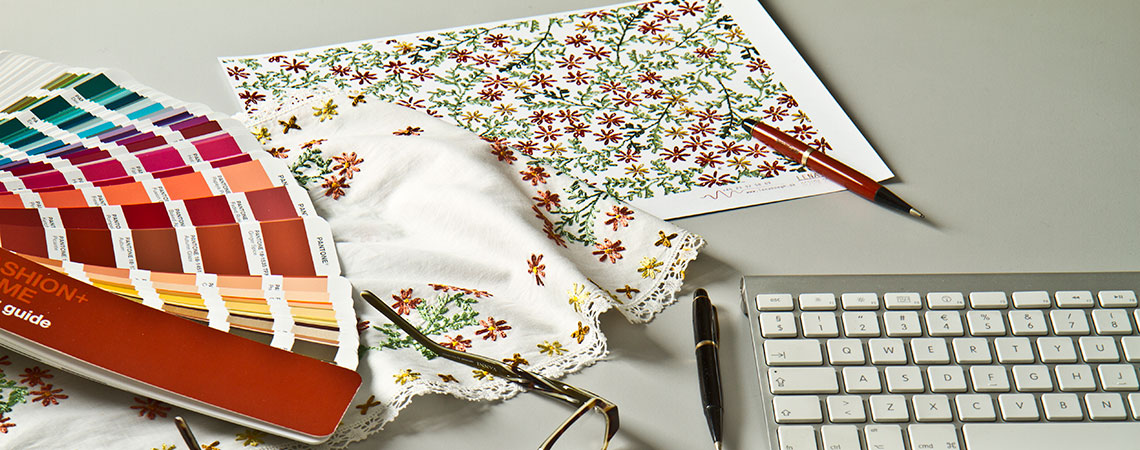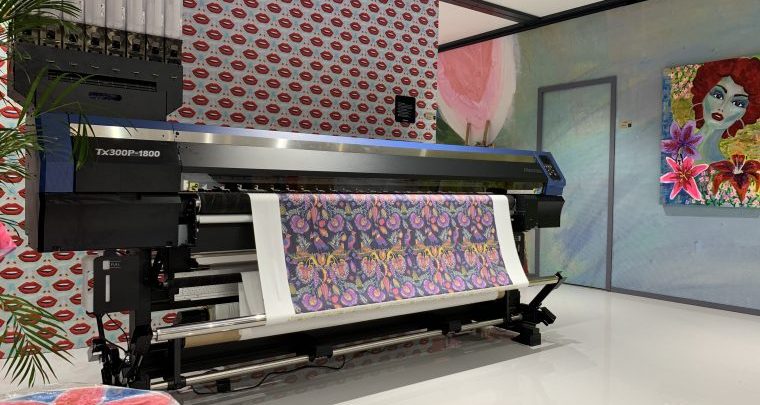View of direct textile printing in different aspects
 The digital direct printing method is suitable for dispersing, acid dyes, coatings and reactive inks. The digital direct printing method is a direct printing process directly on the sizing semi-finished textile fabric. The process is: select the corresponding ink according to the textile. The design pattern, sizing, and then direct printing at the direct digital textile printer, and then drying, steaming, washing, drying, softening and other processes (where the coating can be fixed after baking)
The digital direct printing method is suitable for dispersing, acid dyes, coatings and reactive inks. The digital direct printing method is a direct printing process directly on the sizing semi-finished textile fabric. The process is: select the corresponding ink according to the textile. The design pattern, sizing, and then direct printing at the direct digital textile printer, and then drying, steaming, washing, drying, softening and other processes (where the coating can be fixed after baking)1. Disperse digital printing: At present, more than 50% of domestic digital printing inks are dispersed dye inks, which are used for printing on polyester fiber and other chemical fiber fabrics. Disperse dyes are a class of water-soluble polymers that are very low in water solubility and are dispersed with the help of dispersants. The particles are non-ionic dyes present in a highly dispersed state in water.
2. Reactive digital printing: Reactive dye ink accounts for about 29%, which is mainly used for silk and cotton fabric printing; reactive dyes, also known as reactive dyes. It is a type of dye that chemically reacts with fibers during dyeing. This type of dye separation contains genes that can chemically react with the fiber. When dyeing, the dye reacts with the fiber to form a covalent bond between the two to become a whole, which improves washing and rubbing fastness. The active fuel molecule includes two main components, a parent dye and an active group. The groups that can react with the fiber are called active groups. At present, it is mainly used on woven and knitted fabrics such as cotton, linen, and silk, or fabrics with higher content.

3. Acid digital printing: The proportion of acid dye ink is small, accounting for about 7%. It is used for printing on wool, nylon and other fabrics. Acid dyes are a class of water-soluble dyes with acid groups on their structure, which are dyed in acid media. Most acid dyes contain sodium sulfonate, can dissolve in water, bright color, and complete chromatography. It is mainly used for dyeing wool, silk and nylon, and can also be used for leather, paper and ink. Generally has no tinting power for cellulose fibers.
4. Digital Printing of Pigment Ink: The amount of pigment ink used in our country is relatively small, less than 2%, most of which are foreign products. Manufacturers include Huntsman, BASF, DuPont, and other companies.
Classified by fabric composition:
1. Digital printing mainly on cotton, but hemp, silk, etc. can also use reactive dye ink;
2. Digital printing based on chemical fiber, and digital direct-dispersed digital printing with dispersed dye sublimation inks;
3. For some mixed fabrics, fabrics that cannot be operated with reactive, disperse, and acid dye inks are printed with coating inks;
4. Digital printing, mainly nylon and wool, is produced with acid dye ink, and silk can also be used.
More info:
Website: www.skyimagepaper.com
Company Name: Fei Yue Digital Technology Co., LTD
E-mail: sales@feiyuepaper.com
Tel: 86-025-86628894
Whatsapp: +86 18252072197
Address: Central Road 323, Nanjing, Jiangsu, China


评论
发表评论